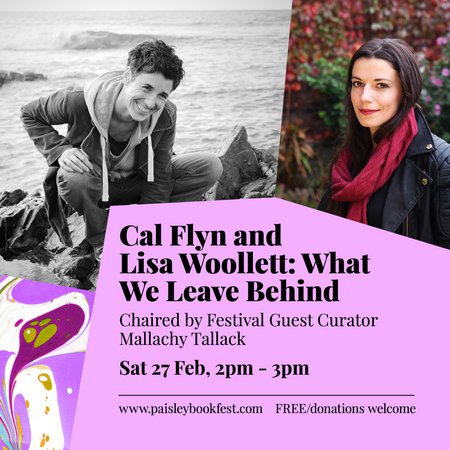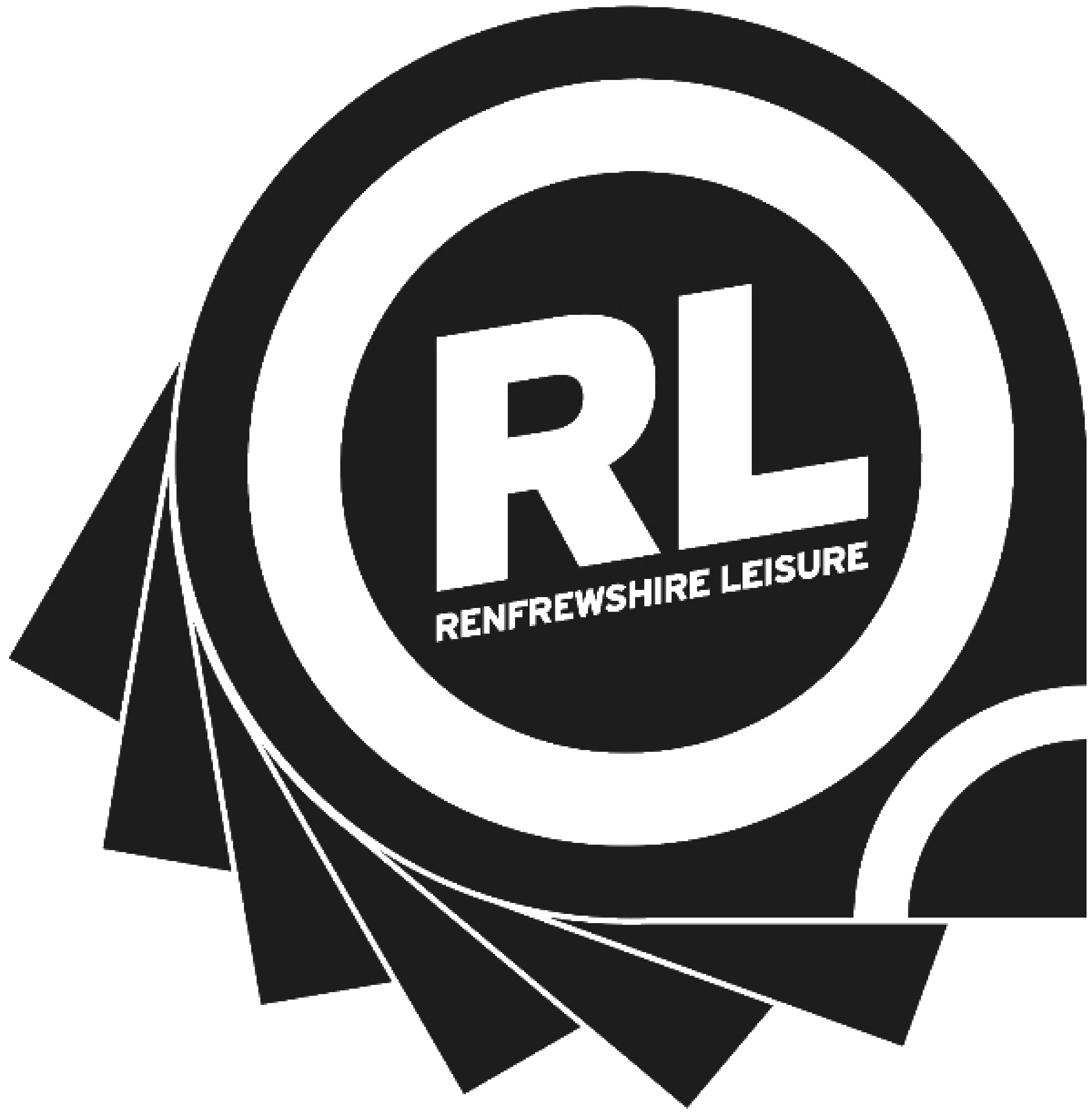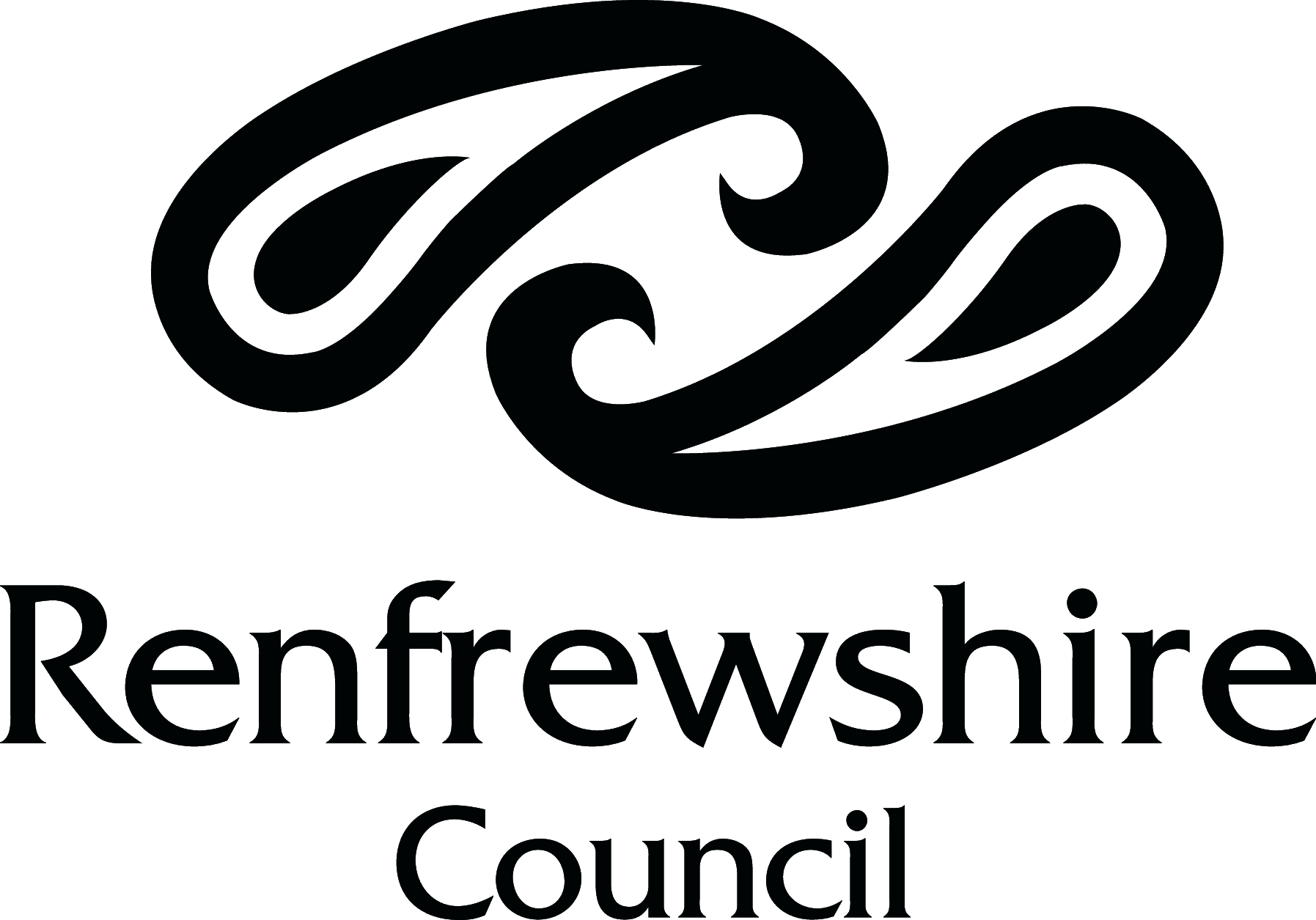
What a Waste
 01 Mar 2021
01 Mar 2021
By Mira Waligora
I’m on an island, a small island in the north sea. A beautiful Scottish treasure that on a sunny day could be a postcard for a Caribbean holiday retreat. A secluded place, mostly untouched by humans, apart from the sheep, the lighthouse and the family home. Such a serene piece of wild nature.
I walk around the shores at low tide and my heart hurts by the things that I see. So many plastic bottles, bottle caps, fishing lines, and fishing boxes. Ketchup bottles and other food containers presumably dumped overboard from the cruise liners. There’s a vacuum sealed packet of coffee and some really old beer cans. And Tampon sticks, oh so many tampon sticks. A happy birthday balloon, bought to bring a momentary smile and joy, now left to pollute the natural environment.
What We Leave behind was another event curated by writer Malachy Tallack under the theme of a place of hope. He spoke to Cal Flyn and Lisa Woollett about their books on the themes of nature, people and waste. This topic pulls at so many heartstrings. I have spent most of my teenage life living in Finland where recycling and proper disposal of trash is second nature to everyone. Sadly it is not so here, especially where I live in the city centre of Glasgow. Maybe one of you reading this blog is just like me and you can’t help but think about the provenance and future of every single item you come into contact with. Where did it come from, how was it made, who suffered, who wasn’t paid.
What do we leave behind?
Lisa’s book Rag and Bone traces the history, both familial and natural, of things left behind in the river Thames. It’s a story of consumerism and waste through the objects found through mudlarking and beachcombing. Lisa described the river as the “first and easiest dust bin”. The items Lisa finds through her research for the book vary from useless roof tiles to fascinating - medieval combs and toothbrushes. These are apparently preserved better in mud than in water, and so you can find a couple thousand year old items in fantastic condition. However she also finds a lot of plastic, which she says is very overwhelming at times. Pristine sandy beaches covered in our plastic waste.
Cal Flyn’s book Islands of Abandonment looks at the psychology and ecology of abandonment. Cal reads an excerpt from her book about the Chernobyl nuclear disaster in 1986. She explored the fascinating relationship between humans and nature and talks about what “the absence of humans and absence of disturbance” can do to natural places and what can be gained from that. In Chernobyl and the surrounding areas we learn the presence of wolves has grown and bears were seen for the first time in 150 years. What will life be like in the post human landscape? How much of what we leave behind is invisible? We learn that some trees and animals are better at adapting to the changing pressures we put them under. Some trees deal better with radiation than others and so we are inadvertently forcefully creating new ecosystems systems by the waste we leave behind. Cal talks about the bings in West Lothian, created from the waste of oil shale that I wasn’t aware of and am now fascinated to see. Scotland was an one point, apparently, the biggest oil producer in the world.
Both authors admit that there is hope, but caution us. Nature has a way of pushing through and has the potential for recovery but we must give it some slack and allow it to do it’s magic without the continuous pressure.
Lisa said that it is too easy to look away and most of us are always looking away because looking at it is too hard, what can we do? Scotland will be hosting the COP26 later this year and although I agree with the notion that big corporations have a huge role to play in spearheading efforts for recycling, and more importantly a more circular economy. We do as consumers have the power to vote with our political right and with our money.
In her mudlarking adventures Lisa found a plastic toy from a cereal box back from 1973. What will our grandchildren find while mudlarking on the river Cart in 2073?
If you missed Cal Flyn and Lisa Woollett: What We Leave Behind you can watch again with this link until 26th March. Cal and Lisa's books are available here to purchase





